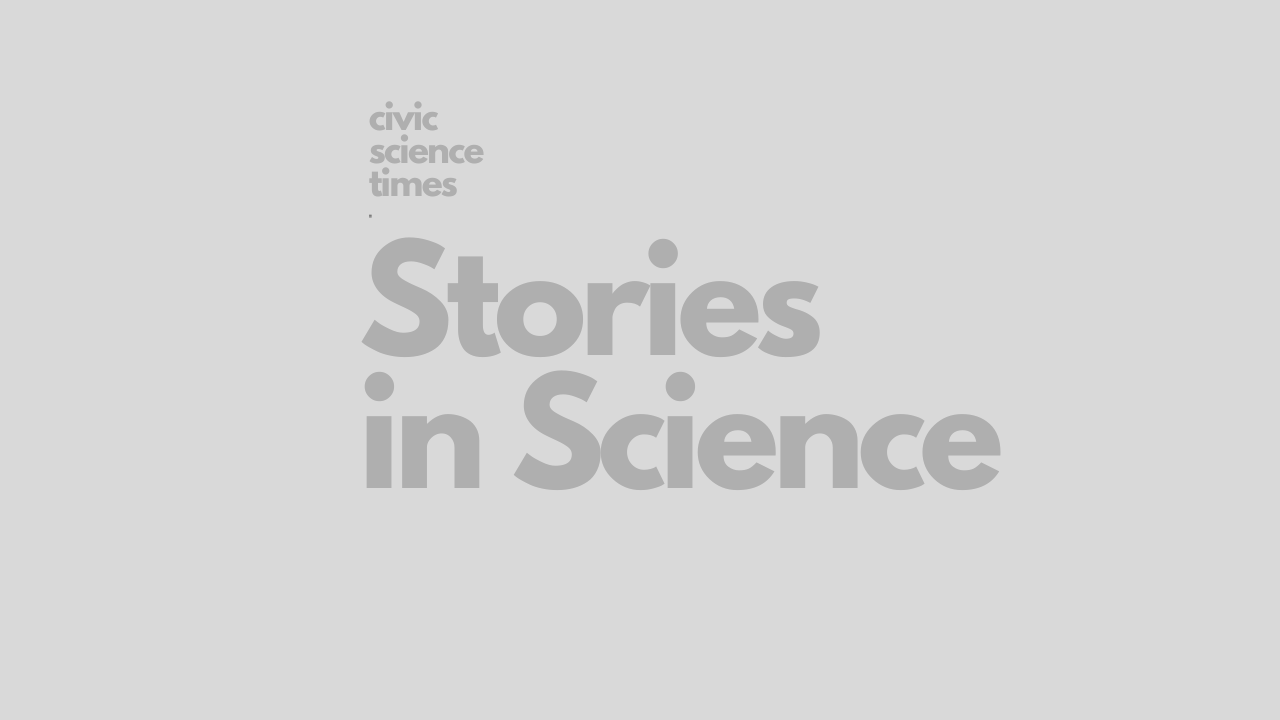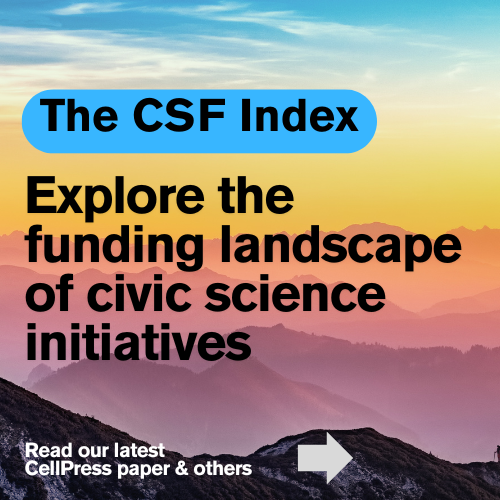CSO - Stories in Science
The Faith of A Physicist
Aiza Kabeer: “Though this is a brief overview, Abdus Salam’s life gives us a sad, yet rich and inspiring story of a talented scientist deeply rooted in a religious and cultural identity.”

Aiza Kabeer
[su_boxbox title=”About”]The story below is part of the Scientific Tradition (SciT) project from the STEM Advocacy Institute (SAi). My hope is that eventually this collection of stories will serve as an introductory resource to fill in the gap we have in science history, and benefit those who might not otherwise have found inspiration in the past. Stay tuned as we slowly but surely build a database that will present an alternative view of science history. Learn more about the project HERE. Cover image by Bart Molendijk / Anefo. The story below was edited by Katelyn Comeau.[/su_boxbox]
[dropcap]I[/dropcap]n 1979, the Nobel Prize in Physics was shared among three men for their work on unified weak and electromagnetic interactions of elementary particles. Those three men were Sheldon Lee Glashow, Steven Weingberg, and Abdus Salam2, but one was not like the others. In a room full of men in black suits, Abdus Salam accepted his prize wearing a turban and shalwar*.3
Abdus Salam was born in a small village in Punjab, India (present day Pakistan) where electricity was not readily accessible. He attended an urdu-medium school, where English was not the main language of instruction. Despite his humble background, Salam was academically gifted, and excelled in physics and mathematics. Eventually, through a scholarship fund set up by the Minister of Punjab, he was able to study at the University of Cambridge in 1946.2
“This in effect is the faith of all physicists; the deeper we seek, the more is our wonder excited, the more is the dazzlement for our gaze.”
Abdus Salam, December 10th 19791
Abdus Salam’s research in electroweak theory is what led him to the Nobel Prize.4 The standard model in physics describes elementary particles, the smallest building block of matter. These particles interact in three different forces – electromagnetism, strong interactions, and weak interactions, which in combination hold subatomic particles together and allow atoms to interact with other atoms. In electroweak theory electromagnetic and weak forces are combined into one, and this theory laid the foundations for important breakthroughs in physics down the road such as the discovery of the Higgs Boson particle.
This was not Salam’s only major contribution to science, though. He also developed the theory of the neutrino and had no shortage of new hypotheses to pursue.5 He even had ideas that others rejected, but eventually turned out to be valuable. For example, Salam had written to prominent physicist, Wolfgang Pauli, of his thoughts about testing parity, but Pauli discouraged him from pursuing them.3 In physics, a parity transformation on a system is when the spatial coordinates of that system are flipped (think of a mirror image of sorts). If the system remains unchanged after the transformation, it is said that the parity is conserved. Until the 1950s, physicists believed that when a fundamental system of particles interacts, parity remains the same.6 Salam believed that this was not always the case. Because of Pauli’s advice, Salam never published his ideas. Eventually, two Chinese physicists ended up receiving the Nobel Prize for the same concept.3
Like Ramanujan (a famous mathematician from the Indian subcontinent), Abdus Salam was not like other famous scientists of his time. He came from a modest background and was a religious man, an Ahmadi Muslim. He was what we do not perceive scientists to be today, both religiously devout and scientifically accomplished. He claimed to have ‘flashes’ of scientific thought, and he would listen to recitations of the Quran as he worked on scientific problems.3 When he accepted the Nobel Prize, he quoted the Quran saying, “In the Holy Book of Islam, Allah says ‘Thou seest not, in the creation of the All-merciful any imperfection, Return thy gaze, seest thou any fissure. Then Return thy gaze, again and again. Thy gaze, Comes back to thee dazzled, aweary.’
This in effect is, the faith of all physicists; the deeper we seek, the more is our wonder excited, the more is the dazzlement for our gaze.”1
A minority among the great scientists of his time, he was also a religious minority in his home country of Pakistan. As a result of socio-political machinations, the Ahmadi sect is not recognized as Muslim by the Pakistani government. Due to the denomination, the sect has faced many hardships.3 Still today, the word ‘Muslim’ has been whitened off of Abdus Salam’s tombstone.5
Even so, his support for the advancement of science in his country, and the developing world at large, was unwavering. He believed strongly in the need to provide equal opportunities to those in the developing world. To this end, he founded the ICTP (International Centre for Theoretical Physics). It still exists today, and was founded with a global vision in mind. Salam meant to have students work in their own country, but come to ICTP and interact with academics across the world. This would give them the tools to return home and help advance science in their own countries.
In Pakistan itself, Salam worked hard to advance scientific pursuit. Because he believed in service to his people and land, he returned home with the intention of improving scientific education and research there. A third of his Nobel Prize money went to education in Pakistan.1 He also served as science advisor to the Ministry of Science and Technology in Pakistan from 1960 to 1974. (He resigned due to his belief that atomic power should be used only for peaceful purposes.) Even when the Ahmadi sect was labeled as not Muslim, his loyalty and desire to improve the condition of his people was firm. In Salam’s own words, “I was born a Pakistani and I will die a Pakistani.”7
Though this is a brief overview, Abdus Salam’s life gives us a sad, yet rich and inspiring story of a talented scientist deeply rooted in a religious and cultural identity. It is a story that has been quickly and hauntingly lost in a short time, and his story is one that I stumbled upon simply by chance. In 2020, we still have an unequal representation of non-western scientists in our history, and as unequal access to success in science persists, Abdus Salam’s story and vision is one that is important we do not lose.
*loose traditional south asian pants
References:
- Abdus Salam – Banquet speech. Available from: https://www.nobelprize.org/prizes/physics/1979/salam/speech/.
- Lewis M. Abdus Salam – Biographical. Abdus Salam [Internet]. Available from: https://www.nobelprize.org/prizes/physics/1979/salam/biographical/.
- Kamalakar A. Salam: The First ****** Nobel Laureate. 2018.
- Abdus Salam – Facts NobelPrize.org: Nobel Media AB 2020; Available from: https://www.nobelprize.org/prizes/physics/1979/salam/facts/.
- Beall A. Abdus Salam: The Muslim Science Genius Forgotten By History2019. Available from: https://www.bbc.com/culture/article/20191014-abdus-salam-the-muslim-science-genius-forgotten-by-history.
- Britannica EoE. Parity. Particle Physics [Internet]. Available from: https://www.britannica.com/science/parity-particle-physics.
- Nadeem S. I was born a Pakistani and I’ll die a Pakistani: Abdus Salam1984 2017-06-07. Available from: http://herald.dawn.com/news/1153774.
Metrics
Sessions
Total number of Sessions. A session is the period time a user is actively engaged with the page.
Visitors
Users that have had at least one session within the selected date range. Includes both new and returning users.
Page views
Pageviews is the total number of time the article was viewed. Repeated views are counted.
The CS Media Lab is a Boston-anchored civic science news collective with local, national and global coverage on TV, digital print, and radio through CivicSciTV, CivicSciTimes, and CivicSciRadio. Programs include Questions of the Day, Changemakers, QuickTake, Consider This Next, Stories in Science, Sai Resident Collective and more.

-
Civic Science Observer4 weeks ago
What are the objectives of the Neurotech Justice Accelerator at Mass General Brigham?
-
Civic Science Observer4 days ago
Meet the New Hampshire organization changing the way we see insects
-
Civic Science Observer2 months ago
Dear Colleagues: Now is the time to scale up public engagement with science
-
Civic Science Observer6 days ago
Dear Colleagues: Help us understand the national impacts of federal science funding cuts on early career researchers in academic laboratories
























